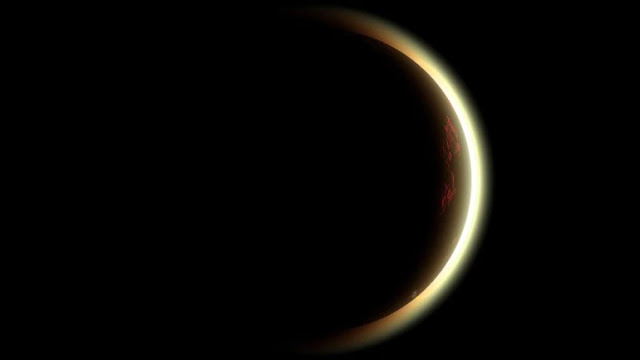Lunar Eclipse January 2020: Chandra Grahan in India, Date, Timing, Duration
The January 10 lunar eclipse will coincide with the full Moon, Know all about Lunar Eclipse or Chandra Grahan January 10, 2020.
Lunar Eclipse, Chandra Grahan January 2020: Lunar eclipse is the time when the earth blocks the light of the sun from reaching the moon. There are three types of a lunar eclipse- total, partial and penumbral. The January 10 penumbral lunar eclipse is one of the four lunar eclipses that will take place in the year. The first lunar eclipse of the year 2020 will start on January 10 at 10:39 pm.
This lunar eclipse will be penumbral, which means the Earth will block some of the sunlight from reaching the moon and only the outer shadow (the penumbra) will fall on the moon. The January 10 lunar eclipse will coincide with the full Moon.
January full moon is the first full moon of the whole year. Named after howling wolves thus called the Wolf Moon. Other names of January full moon are Moon After Yule, Old Moon, Ice Moon, and Snow Moon.
Other Information:- Sarkari Result
The Lunar Eclipse is also called Chandra Grahan in Hindi.
- Lunar Eclipse January 2020: Timings in India
- First contact with the Penumbra: 10:39 PM, Jan 10
- Maximum of Lunar Eclipse: 12:39 AM
- Last Contact with the Penumbra: 02:40 AM
- Duration of Penumbral Phase: 04 Hours, 01 Min 47 Secs
- The magnitude of Penumbral Lunar Eclipse: 0.89
- In India on January 10, the penumbral lunar eclipse can be seen from10:39 pm to January 11, 2:42 am. The lunar eclipse will continue for more than 4 hours.
Penumbral lunar eclipse 2020: Visible places
The penumbral lunar eclipse 2020 will be visible in the following places:
- Asia
- Africa
- Australia
- Europe
- Some north-eastern parts of North America
- Some eastern parts of South America
- Indian Ocean
- Atlantic Ocean
Next Lunar Eclipse/Chandra Grahan:
After January 10, the next penumbral lunar eclipses of the year will take place on June 5, after that again on July 5 and November 30, 2020.
There are 365.25 days in a year and approximately 12 full moons each year. The ancient people use this 12 full moon to track the change in seasons of nature. Due to which they named each moon differently. Some names are based on the moon's appearance, whereas others signify the meaning of a full moon during a certain month, season, or astronomical event. Even the word 'month' is derived from the word for Moon.
(Information source: drikpanchang.com)
Lunar Eclipse January 2020: Chandra Grahan in India, Date, Timing, Duration
 Reviewed by Sarkari Parinam
on
January 10, 2020
Rating:
Reviewed by Sarkari Parinam
on
January 10, 2020
Rating:
 Reviewed by Sarkari Parinam
on
January 10, 2020
Rating:
Reviewed by Sarkari Parinam
on
January 10, 2020
Rating:






No comments